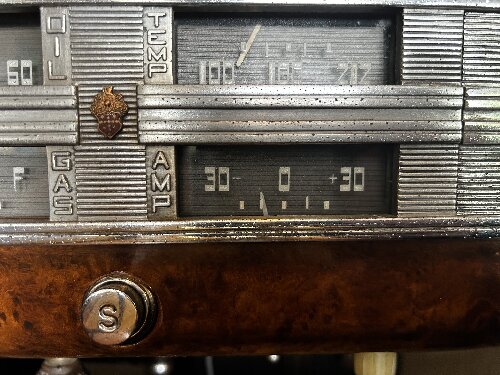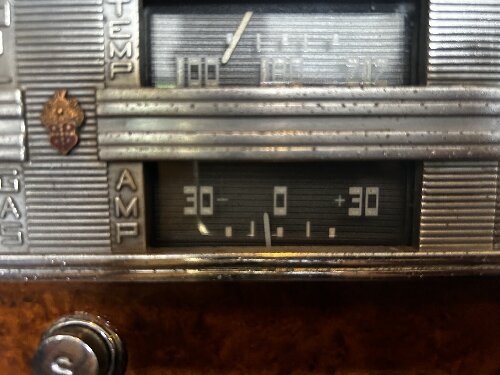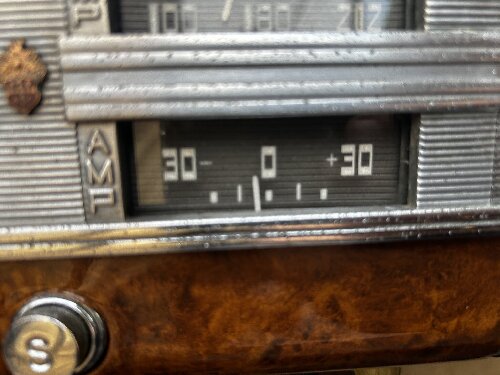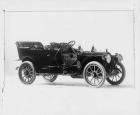|
Re: 1937 120 Conv. Sedan - Blanche
|
||||
|---|---|---|---|---|
|
Home away from home
|
My 2 cents worth (CDN$ of course!)
Higher octane means harder ignition. It is made for high compression engines that would pre-ignite (ping) otherwise. (The fuel explodes on the compression stroke alone but before the spark plug goes off, also called dieseling. Makes the block 'ring'. Can also be caused by carbon build-up that acts as a glow plug in the combustion chamber, that is why when it was hard to get good gas in the 80's a lot of people with high compression engines had water injection apparatus added.) These are not high compression so you are actually causing less power due to the make-up of the fuel being wrong for your engine and not fully delivering on the power stroke. That said, in this part of the world the percentage of ethanol drops the higher the octane rating, but you are already going out and getting ethanol free gas so that is a non-issue. For what it is worth, Bob J.
Posted on: 2024/5/15 14:52
|
|||
|
||||
|
Re: 1937 120 Conv. Sedan - Blanche
|
||||
|---|---|---|---|---|
|
Home away from home
|
High octane fuel is not needed for pre-war cars, but it will do no harm. Staying away from ethanol-adulterated fuel is a good idea, especially for cars that are not driven regularly. High octane fuel will behave the same as regular fuel under most conditions, but it will resist detonation under high load (heat and pressure) conditions better. Those extreme conditions don't occur in normal operation of pre-war engines, so high octane fuel is not needed. Hardened valve seat inserts are not needed in pre-war cars, unless you regularly run the engine at high loads and high speeds. Leaded fuel will do no harm, but it is not required in most cases. Even "high compression" engines will run just fine on low octane fuel, * IF * high load operation is avoided. All carbureted gasoline engines are "low compression" when operating at idle and part throttle, due to higher manifold vacuum (lower manifold pressure) under these conditions. Initial compression pressures are much lower at part throttle operation, and maximum combustion heat and pressure is much lower than at wide open throttle.
Ethanol actually has a high octane equivalency, but it only has about half the BTU content (fuel value) of motor gasoline, and it "spoils". It can decay and destroy fuel systems, and it will reduce power output at higher blends. A 10% ethanol blend might be expected to reduce maximum engine power and mileage by 3 to 5% compared to straight gasoline of good quality. Blends over 10% are known to cause a number of problems in systems not specifically designed for them. In my opinion, burning food in a hungry world is beyond absurd. Beyond that, the true price of ethanol as produced in the USA is very high. There are no net benefits to using corn-based ethanol as motor fuel.
Posted on: 2024/5/16 7:52
|
|||
|
||||
|
Re: 1937 120 Conv. Sedan - Blanche
|
||||
|---|---|---|---|---|
|
Home away from home
|
Thanks Bob and TxGoat. Great info and education on gasoline! I think i will just plan to continue to use Eth free.
Posted on: 2024/5/16 8:31
|
|||
|
||||
|
Re: 1937 120 Conv. Sedan - Blanche
|
||||
|---|---|---|---|---|
|
Home away from home
|
I'd definitely stay away from ethanol, unless you are going to use it up soon. It can cause real trouble for cars in storage. "Tier One" gasolines may be more stable and of more consistent quality than "off brand" or non-branded gasoline. Aviation fuel is the best option, if available and affordable. 80 octane or above would probably suit any pre-war car. If you must store a car over 30 days or so with ethanol fuel, I'd want to use a stabilizing product and store with the tank full. Avoid any ethanol blend over 10%.
Posted on: 2024/5/16 9:01
|
|||
|
||||
|
Re: 1937 120 Conv. Sedan - Blanche
|
||||
|---|---|---|---|---|
|
Home away from home
|
So I had to remove my rear wheel to get the correct positioning for the fuel line. Going to put the tire back on but can't fine the recommended torq for the lugs in the operation and maintenance data.
Searched the sire,and nothing popped up. Anybody know the proper torq for wheel lugs on 37 120? Happy memorial day!
Posted on: 2024/5/26 14:43
|
|||
|
||||
|
Re: 1937 120 Conv. Sedan - Blanche
|
||||
|---|---|---|---|---|
|
Webmaster
|
I torque to 80lbs.
Posted on: 2024/5/26 18:56
|
|||
|
-BigKev
1954 Packard Clipper Deluxe Touring Sedan -> Registry | Project Blog 1937 Packard 115-C Convertible Coupe -> Registry | Project Blog |
||||
|
||||
|
Re: 1937 120 Conv. Sedan - Blanche
|
||||
|---|---|---|---|---|
|
Home away from home
|
Thanks Kev.
So I took her out for a drive today. Ran well. I noticed though that the ammeter looks a bit different. I think I recall it always hanging at 0 previously. But now it is on the negative side. First Pic is when I turn the key  Then when it is at a nice idle after start it moves toward 0 but still negative.  And then when I am moving around 30 it’s about the same as idle  Is this ok? Or should it be more around the 0? Thoughts appreciated!
Posted on: 2024/5/27 15:30
|
|||
|
||||
|
Re: 1937 120 Conv. Sedan - Blanche
|
||||
|---|---|---|---|---|
|
Webmaster
|
Check your voltage. You should be getting over 7 volts with the car running.
If less, than you not charging and running off the battery only hence the discharge.
Posted on: 2024/5/27 15:53
|
|||
|
-BigKev
1954 Packard Clipper Deluxe Touring Sedan -> Registry | Project Blog 1937 Packard 115-C Convertible Coupe -> Registry | Project Blog |
||||
|
||||
|
Re: 1937 120 Conv. Sedan - Blanche
|
||||
|---|---|---|---|---|
|
Home away from home
|
Thanks Kev
So rookie question. Where am I checking the voltage? On the ammeter?
Posted on: 2024/5/27 16:06
|
|||
|
||||








